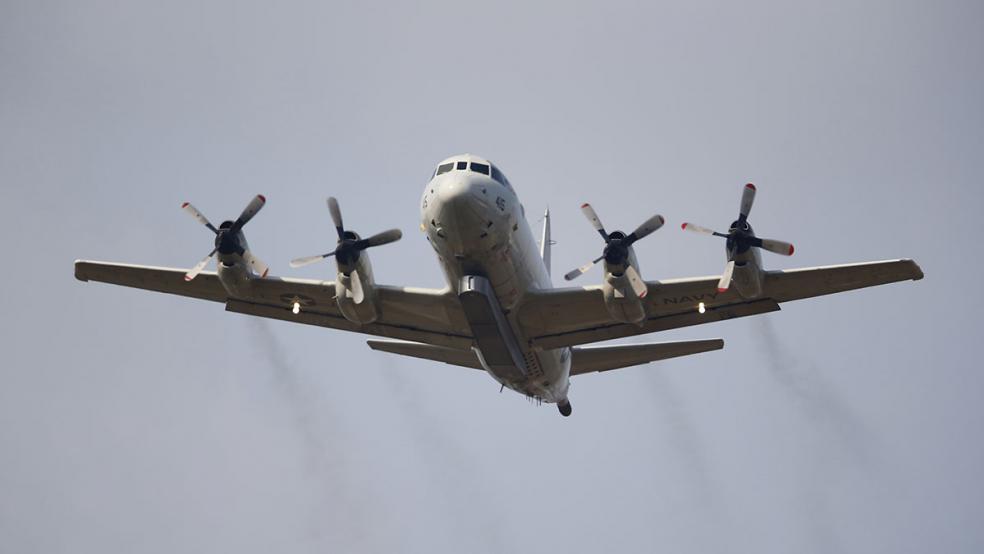The decision by the United States to lift the decades-old arms embargo on Vietnam doesn’t mean that Hanoi will be making a mad dash to buy American-made weapons.
In fact, President Obama, in announcing the historic move at a joint press conference with the Vietnamese president, Tran Dai Quang, went out of his way to stress that the Cold War enemy wouldn’t suddenly be awash in the latest military technology.
Related: The Real Captain Kirk Takes Command of the Navy’s New $4 Billion Destroyer
“Every sale that we make to everybody is viewed as a particular transaction, and we examine what's appropriate and what's not, and there's some very close allies of ours where we may not make a particular sale until we have a better sense of how that piece of equipment may end up being used,” Obama said.
“So we're going to continue to engage in the case-by-case evaluations of these sales,” he added.
Vietnam’s military spending more than doubled between 2004 and 2013, reaching $4.4 billion, or 8 percent of total government spending, according to the Stockholm International Peace Research Institute. Current defense spending is roughly $5 billion a year.
The country was the 12th largest arms importer in the world between 2010 and 2014, and around 80 percent of its purchases have come from Russia.
IHS Jane’s estimates that Vietnam will set aside $1.6 billion for defense purchases this year, with that numbering rising to $2 billion by 2020.
Related: Growing Debt Threatens US National Security: Defense Leaders
But what does Hanoi want to buy?
It’s not a secret that Vietnam is trying to boost its maritime defensive capability, given China’s aggressive moves to expand its footprint in the South China Sea.
Ben Moores, a defense analyst at consultancy IHS Jane’s, said Vietnam has a roughly $13 billion shopping list of military equipment, including patrol aircraft, tanks, combat jets and attack helicopters, according to The Wall Street Journal.
CNN Money reports that early speculation includes Lockheed Martin's P-3 Orion maritime patrol aircraft. The plane’s three main mission areas -- anti-submarine and surface warfare and intelligence, surveillance, and reconnaissance – make it an interesting option for Vietnam as it jockeys for position with China in the region.
Vietnam is also expected to increase its maritime security by procuring more combat aircraft and naval patrol craft. A possible early contender might be the F-16 jet fighter, which is already one of the world’s most widely-used warplanes.
Related: Why the Navy’s New Combat Ship May Fail Against Real-World Threats
However, U.S. defense contractors aren’t the only ones hoping to expand their sales. The Saab Gripen from Sweden has been cited as a possible option for new fighter jets, and other fighter and patrol planes from Europe and South Korea appear to be in the running.
One key component of any arms sales will be financing. Although Hanoi plans to enhance its military capabilities with foreign arms purchases, the country’s economy is still relatively small, ranking 50th globally in GDP, well behind others in its region, including Korea, Thailand and, of course, China.





